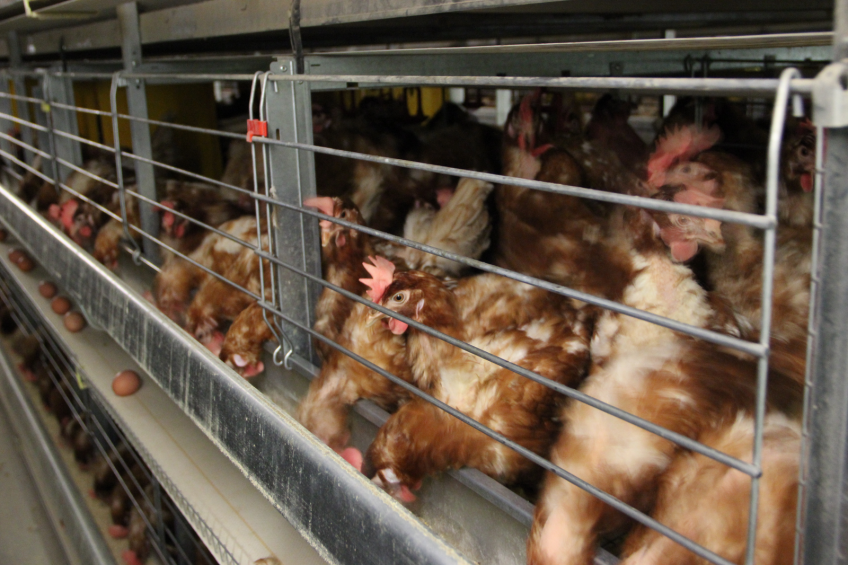Improved layer performance through MCFA supplementation

With the ongoing genetic improvements in commercial layers to breed for longer production cycles, the importance of maintaining a good laying persistency and a good egg quality is increasing.
Production and egg quality are affected by the health and immune status of the hen. Therefore, the effect of a gut stabilising mixture of activated medium chain fatty acids (MCFA) (Shellbiotic) on layer performance was examined.
The experiment was carried out with Lohmann Brown hens that were housed in enriched cages (20 hens/cage, 108 cages). From 59 weeks onwards, one group received a dietary supplementation of 1kg/ton MFCA. During this trial hen day production, mortality, egg weight and egg quality parameters (second grade eggs, broken eggs and dirty eggs) were measured until 85 weeks of age. Also the effect on the albumen quality was measured by determining the Haugh Units at the beginning and at the end of the trial. The eggs used for this analysis were 3 days old and stored in the cold storage.
The control group started off at a higher laying percentage (1.45 %) but decreased stronger than the Shellbiotic group. After two weeks, week 61, the production curves cross, resulting in a higher laying percentage for the Shellbiotic group which stays maintained until week 85. Besides influencing the layer performance, adding Shellbiotic affected the outer quality traits of the eggs. The percentage of 2nd grade eggs was higher for the control group (+0.87%). This difference can mainly be explained by a higher percentage broken and dirty eggs (respectively 0.23% en 0.25%).
Egg weight and mortality were not affected. The improved egg production together with the effects on the outer quality of the eggs resulted in three additional first grade eggs. Shellbiotic also succeeded in limiting the decrease in albumen quality (expressed in Haugh units) with 4% and thus maintaining higher albumen qualities at the end of the production cycle. This trial indicates that both laying persistency and egg quality in commercial layers can be improved by supplementing the feed with a specific mixture of activated MCFA’s.
Source: Katrien Deschepper, Renato Costa, Rob Goedegebuure, Nuscience, Drongen, Belgium and Ine Kempen, Johan Zoons, PDLT, Geel, Belgium
Proceedings of the 2014 International Poultry Scientific Forum, Atlanta, GA, USA












